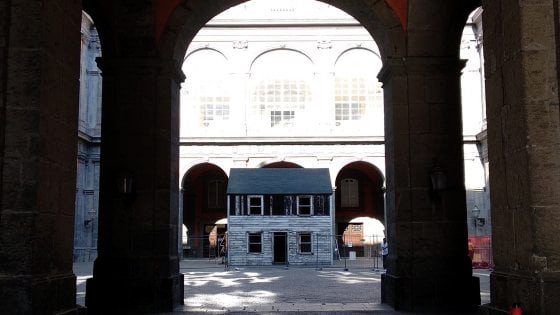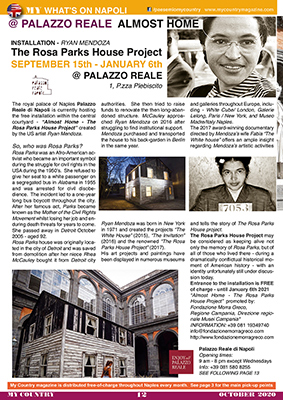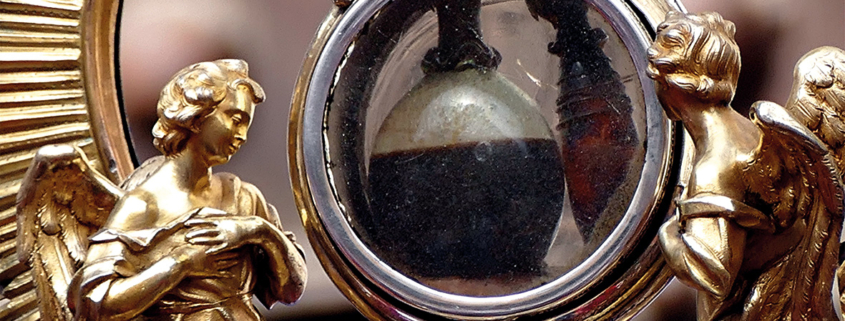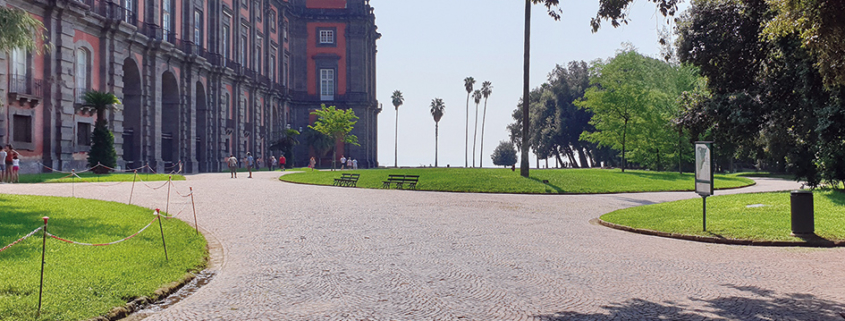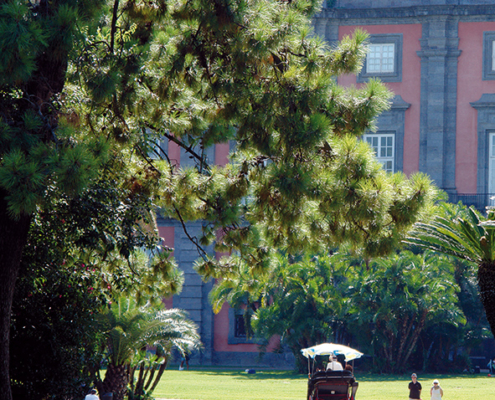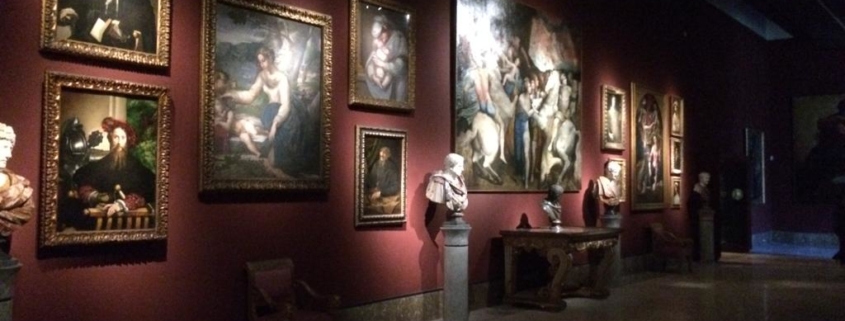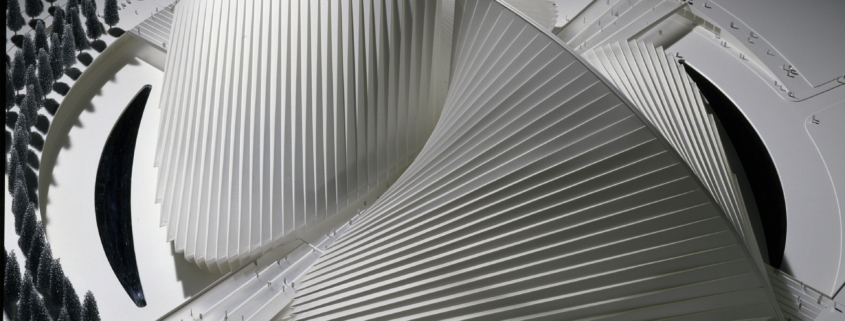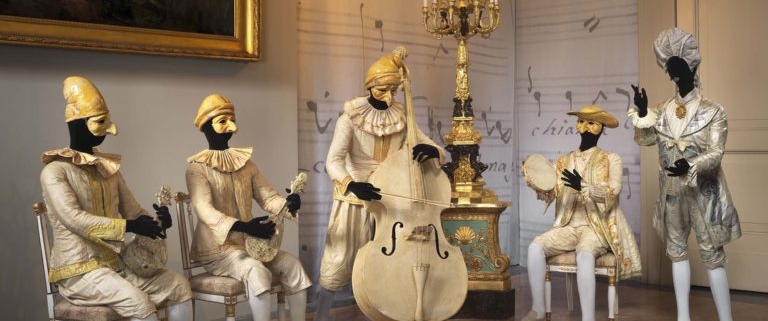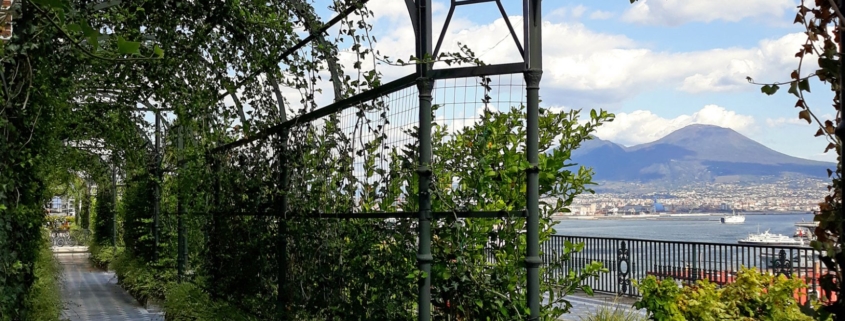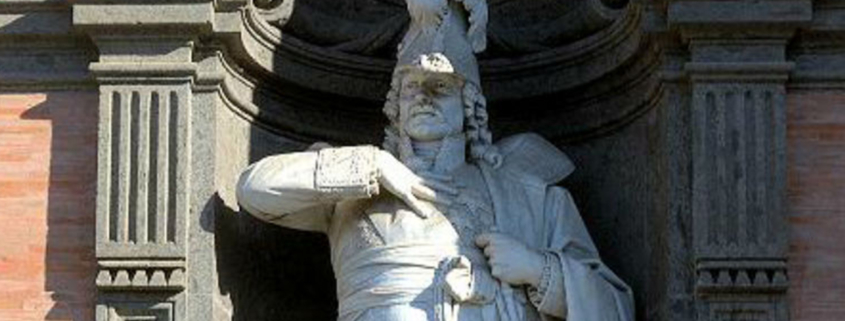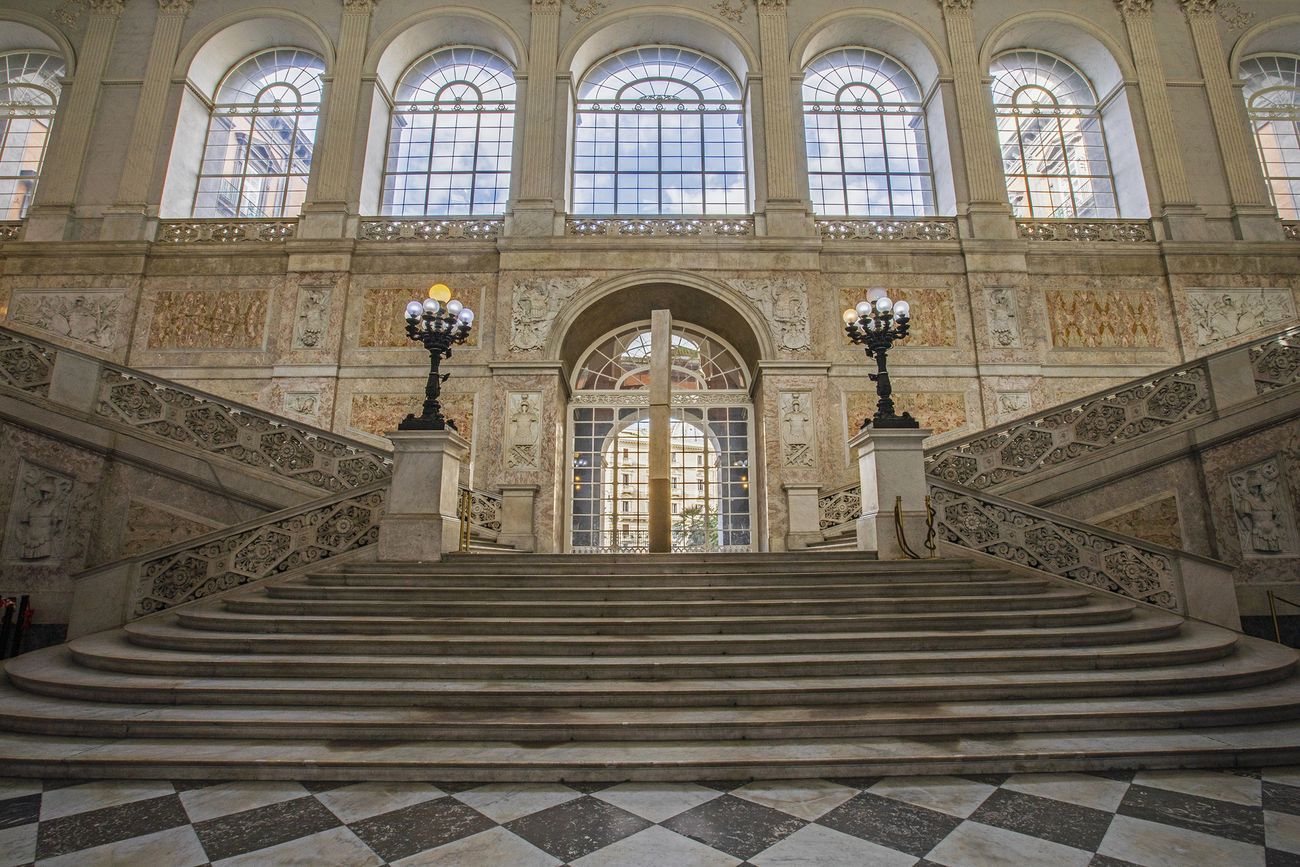St. Januarius SAN GENNARO
the Saint and the Miracle…
Throughout the year the city of Naples celebrates over fifty different Saints
– but the Saint Januarius San Gennaro may be considered as the most important.
If you are new here to Naples, then the history and traditions regarding San Gennaro
together with the alleged miracle may just be worth learning about.
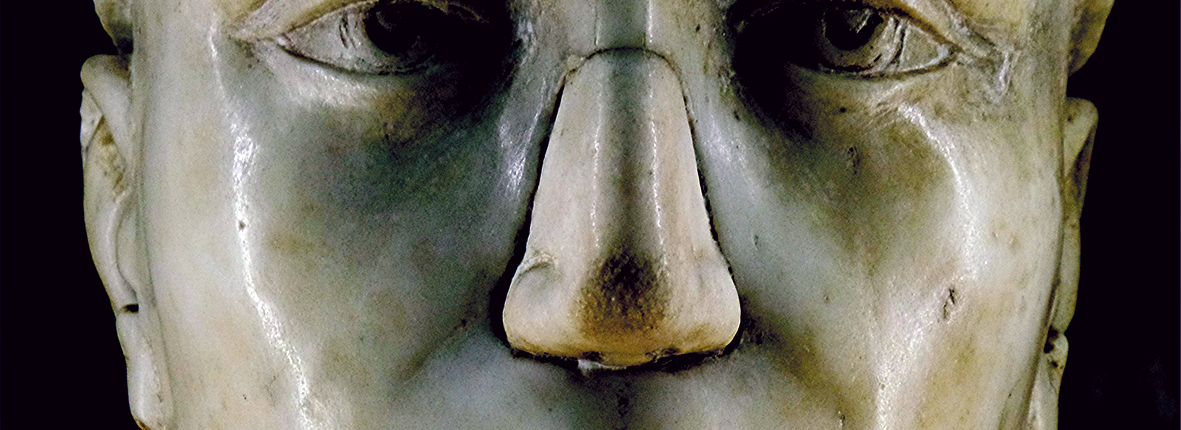
Three yearly events take place dedicated to the patron Saint San Gennaro and are not only religious celebrations but mass events which today continue to boast an enormous public participation. The annual dates are held on the Saturday before the first Sunday of May, on September 19th and December 16th and celebrated in central Naples at the “Duomo” Cathedral of Naples, Museo del Tesoro di San Gennaro and at the Sanctuary of San Gennaro where it is believed he was beheaded – Santuario di San Gennaro all Solfatara, situated at Pozzuoli.
The traditional procession was originally established aiming to end the plague and passed from the Solfatara arriving to the Amphitheatre Anfiteatro Flavio to return to the statue of San Gennaro held within the Sanctuary. The “miracle” has been regularly recorded since year 1389…
Regarding “the Miracle”, the faithful and not only gather in Naples to witness the mystifying liquefaction of what is claimed to San Gennaro’s blood. Numerous legends depict that if the blood conserved within the glass ampoule fails to liquefy, then disaster will hit Naples. Coincidentally or not, disasters have actually struck on several occasions when the liquefaction failed – including the plague epidemic that struck Pozzuoli and the earthquake dated 1980 creating over 3,000 victims.
the Museum…
The astounding museum Museum of the Treasure of Saint Gennaro – Museo del Tesoro di San Gennaro was founded in 2003 due to a project supported by European funds, by local institutions and private companies and is situated next to the Duomo of Naples. The Treasure (il Tesoro) and vast collections of art works held within this museum covering over 700 square metres have been estimated as richer than the Crown Jewels belonging none other than to Queen Elizabeth II. The untouched collection of works is guarded by an ancient institution – the Deputation of the Royal Chapel and Treasure of San Gennaro – which was established back in 1527 and is an organisation that still safeguards its preservation today. Two ampoules are held within the main altar of the Royal Chapel. The Royal Chapel is part of the Cathedral but independent. Exhibits include jewellery, fabrics, paintings, frescoes, the renowned “mitre” –the Bishop’s hat embedded with diamonds, rubies and emeralds and a priceless collection of numerous silver busts – dating from 1305.
MUSEO DEL TESORO DI SAN GENNARO 149, via Duomo – Napoli
OPENING TIMES: Mondays to Saturdays: 9.30-5.30; Sundays: 9.30-1.30
CONTACT: +39 081 294980/338 3361771 info@museosangennaro.it
TICKET FEES: Standard Euro 5; Guided Tour Euro 12;
2 Museum’s – Museo del Tesoro di San Gennaro including entrance voucher to Museo Civico Filangieri Euro 8.
View the QR code to download the museum’s multimedia guide app. without charge at the ticket office (situated at the entrance)
Online Ticket Office Info and Reservations:
+39 081 294980/ 366 1319973 prenotazioni@museosangennaro.it
Full details and any time changes will be updated with official notices on http://www.museosangennaro.it
Discover San Gennaro at:
Duomo di Napoli Cathedral Santa Maria Assunta 147, via Duomo Naples;
Santuario di San Gennaro all Solfatara 8 via San Gennaro alla Solfatara and the Catacombs Catacombe di San Gennaro 13 via Capodimonte Naples.
(For the complete article – read more on pages 8 to 11 – September 2020 edition)
source © My Country magazine – September 2020
Photographs courtesy: Marcello Erardi – Napoli vista attraverso gli scatti fotografici
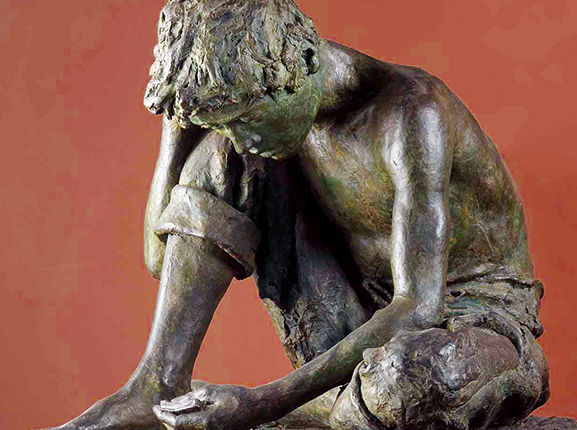


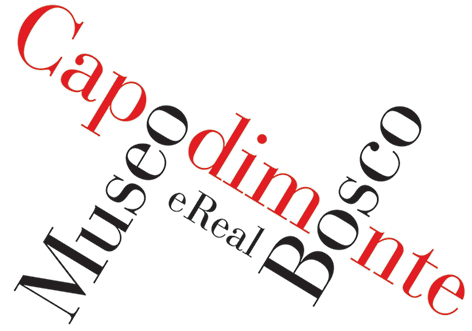
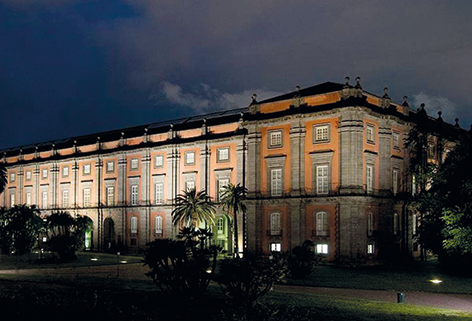
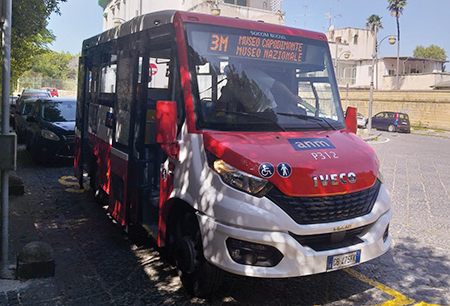
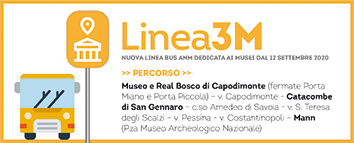
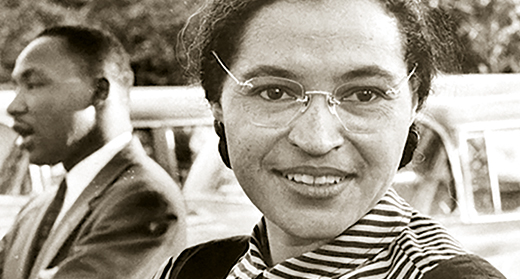
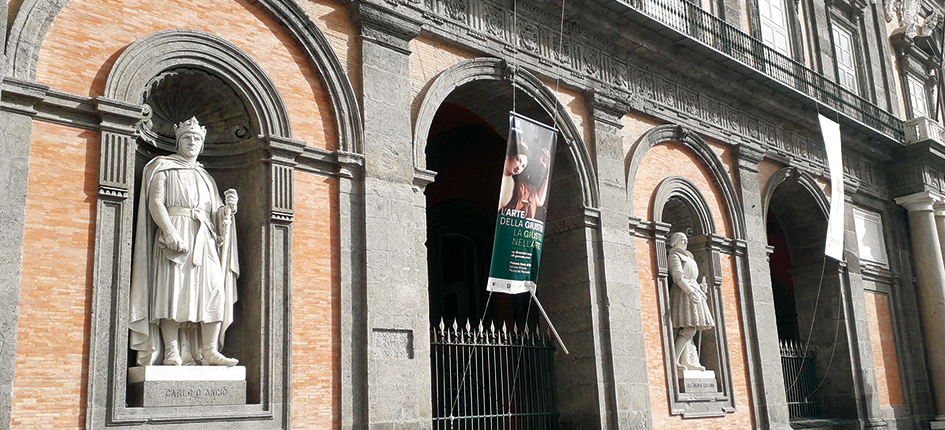
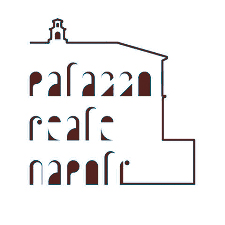 ALMOST HOME – THE ROSA PARKS HOUSE PROJECT – RYAN MENDOZA
ALMOST HOME – THE ROSA PARKS HOUSE PROJECT – RYAN MENDOZA